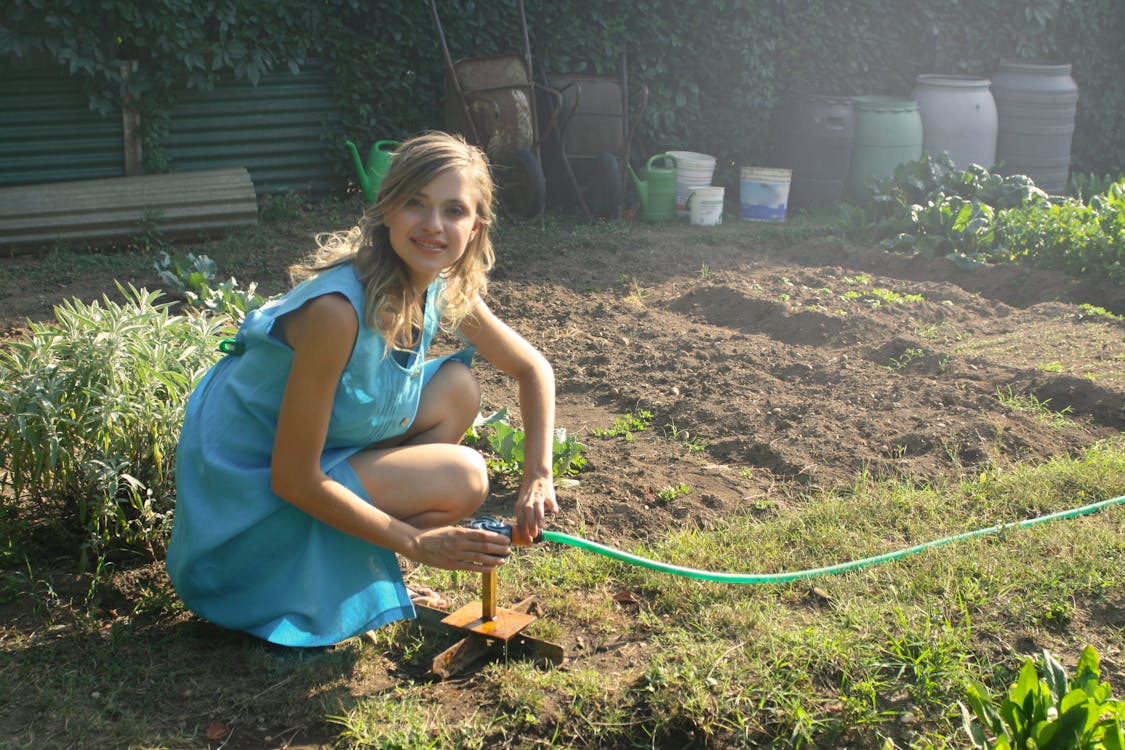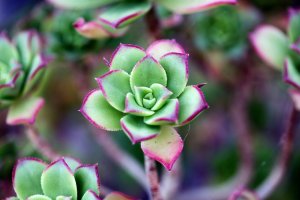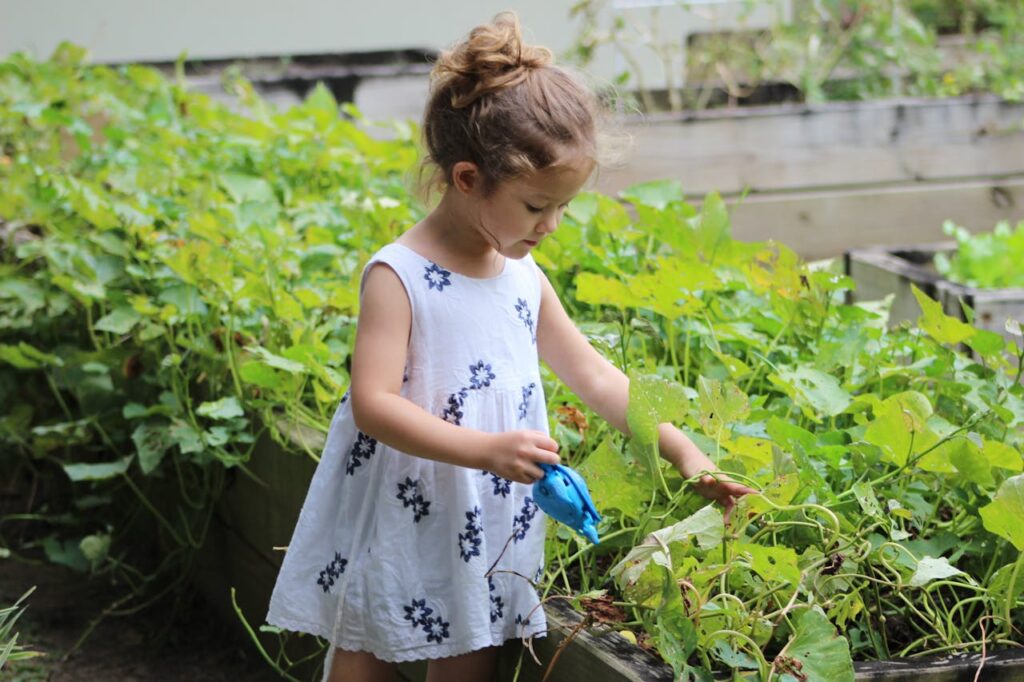Gardening is a timeless pursuit that offers a myriad of benefits, from providing fresh produce to beautifying your living space and connecting you with nature. Whether you’re a beginner or an experienced gardener, cultivating plants in your home or backyard in India can be a rewarding and fulfilling experience.
Things that You May Need to Follow
In this comprehensive guide, we’ll explore everything you need to know to start your gardening journey successfully, including essential steps, dos and don’ts, and tips for selecting plants that thrive in the Indian climate.

Step 1: Assess Your Space
Before you dive into gardening, take some time to assess your available space. Whether you have a spacious backyard, a small balcony, or even just a sunny windowsill, there are gardening options to suit every space. Consider factors such as sunlight exposure, soil quality, and available water sources to determine the best location for your garden.
Step 2: Start Small
For beginners, it’s essential to start small and gradually expand your garden as you gain confidence and experience. Begin with a few easy-to-grow plants that are well-suited to your space and climate. Herbs like mint, basil, and coriander are excellent choices for beginners, as they require minimal maintenance and can be grown in pots or containers.
Step 3: Prepare Your Soil
Healthy soil is the foundation of a successful garden. In India, soil conditions can vary widely depending on your location. Conduct a soil test to determine the pH level and nutrient content of your soil, and amend it as needed with organic matter such as compost or manure. Proper soil preparation ensures that your plants have the nutrients they need to thrive.
Step 4: Choose the Right Plants
Selecting the right plants is crucial to the success of your garden. Consider factors such as sunlight requirements, water needs, and temperature tolerance when buying plants online or offline for your garden. In India, native plants and those adapted to the local climate are often the best choices for home gardens. Some popular options include:
- Vegetables: Tomatoes, okra, eggplant, and chili peppers are all well-suited to the Indian climate and can be grown in both containers and garden beds.
- Herbs: In addition to the aforementioned mint, basil, and coriander, consider growing curry leaves, lemongrass, and turmeric for use in Indian cuisine.
- Flowers: Marigolds, jasmine, and hibiscus are popular flowering plants in India that add color and beauty to any garden.
- Fruit Trees: Mango, guava, and papaya are tropical fruit trees that thrive in the Indian climate and produce delicious, homegrown fruit.
Step 5: Provide Proper Care
Once you’ve selected your plants, it’s essential to provide them with proper care to ensure their health and vitality. Water your plants regularly, taking care not to overwater or underwater them. Mulching can help retain moisture and suppress weeds, while regular pruning and fertilizing will promote healthy growth and fruit production.
Dos and Don’ts of Gardening in India:
- – Do: Research local gardening practices and techniques tailored to the Indian climate and soil conditions.
- – Don’t: Overlook the importance of pest and disease management. Keep an eye out for common pests and diseases and take appropriate measures to control them.
- – Do: Embrace organic gardening practices and minimize the use of chemical fertilizers and pesticides.
- – Don’t: Neglect to monitor weather conditions and adjust your gardening practices accordingly, especially during monsoon season.
- – Do: Experiment with different plants and gardening methods to find what works best for you and your space.
- – Don’t: Get discouraged by setbacks or failures. Gardening is a learning process, and even experienced gardeners encounter challenges from time to time.
Final Thoughts
In conclusion, starting a home garden in India is a rewarding experience that allows you to connect with nature, produce your food, and beautify your surroundings. By following the steps outlined in this guide and adhering to the dos and don’ts of gardening in India, you can create a thriving garden that brings joy and fulfillment for years to come.








